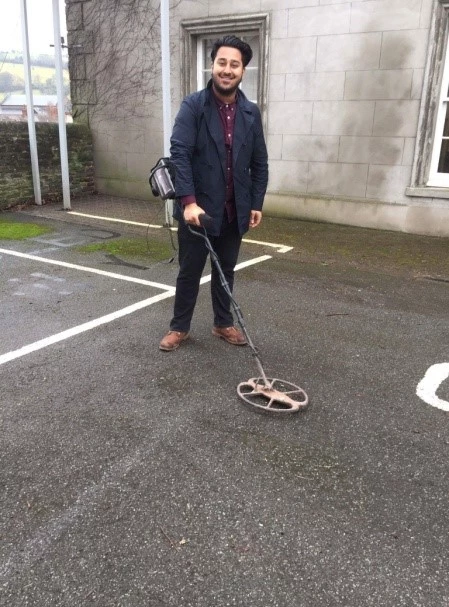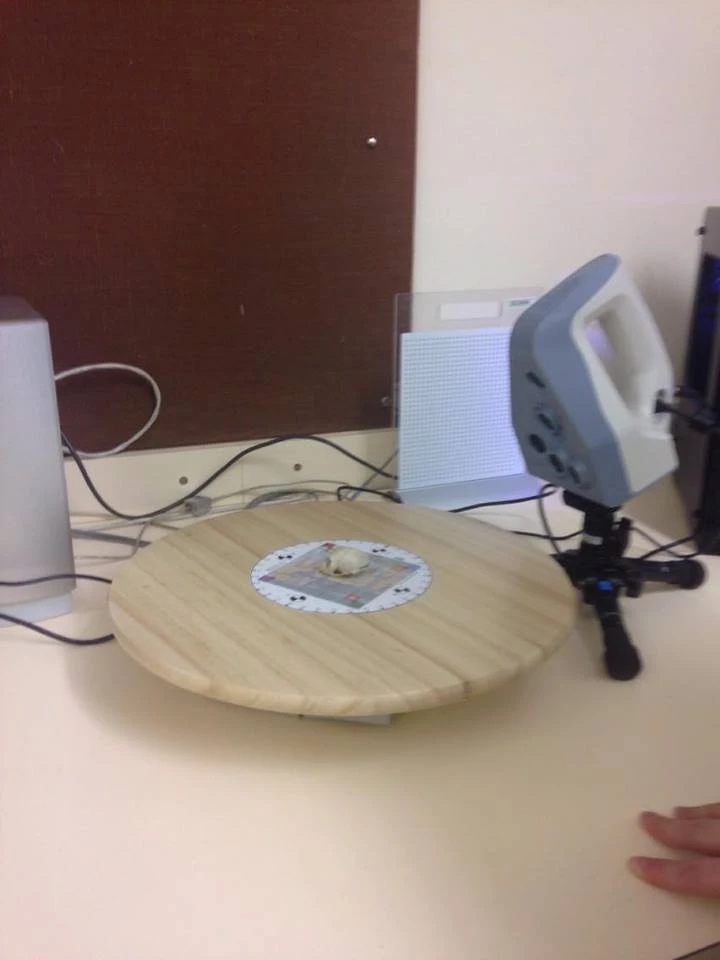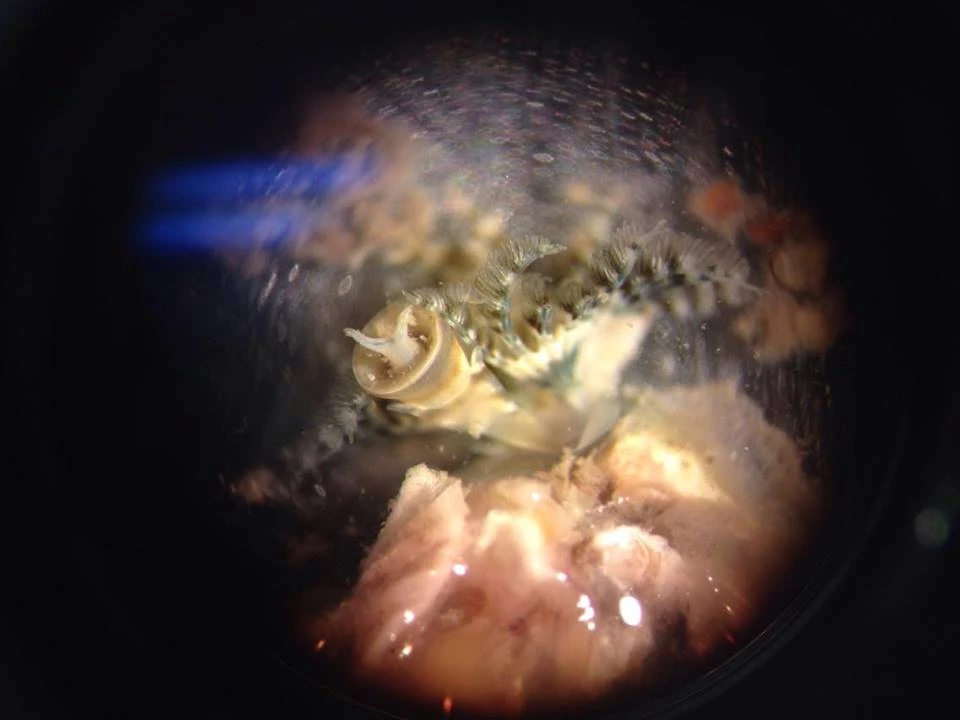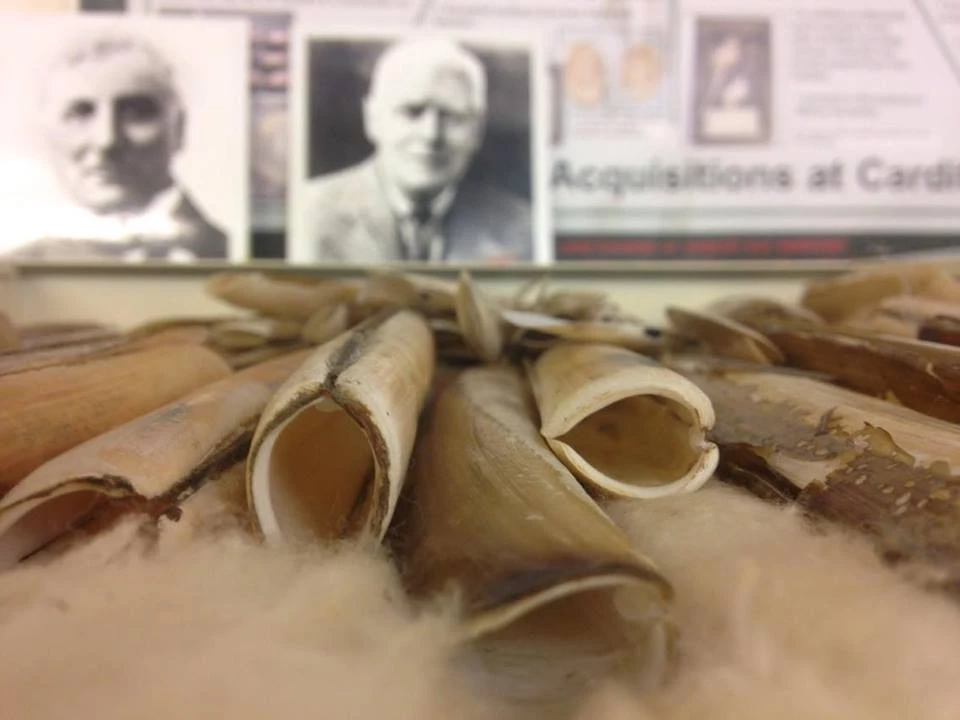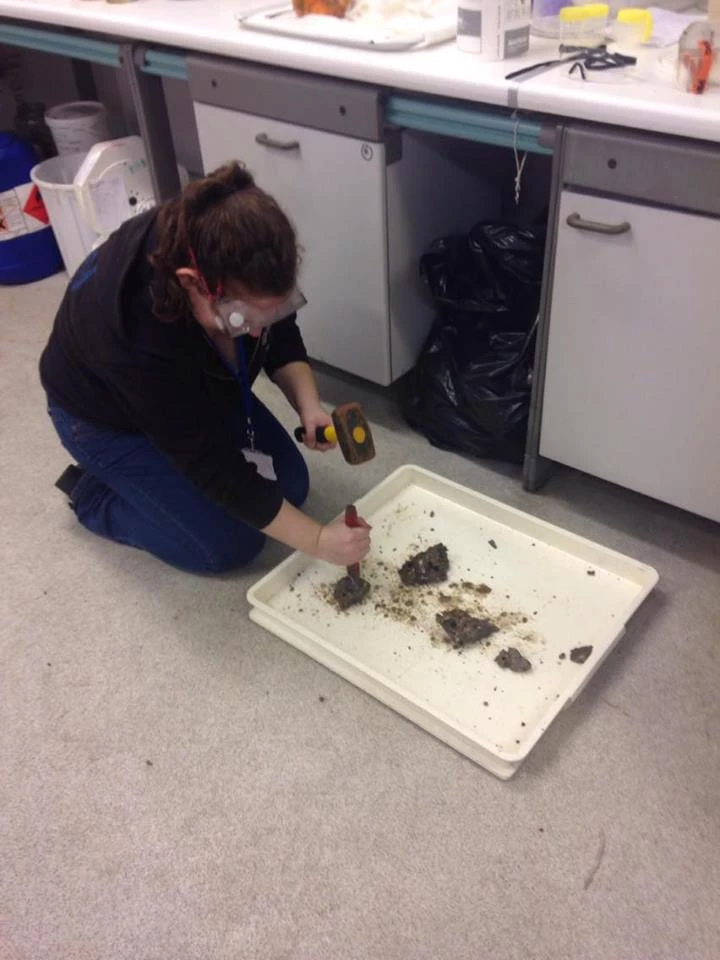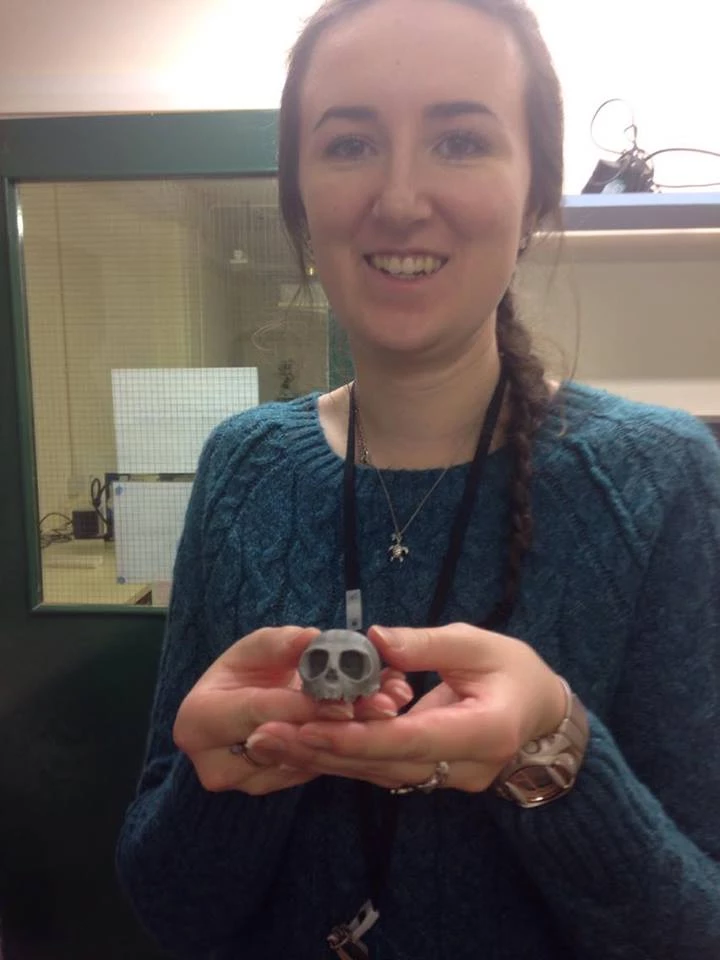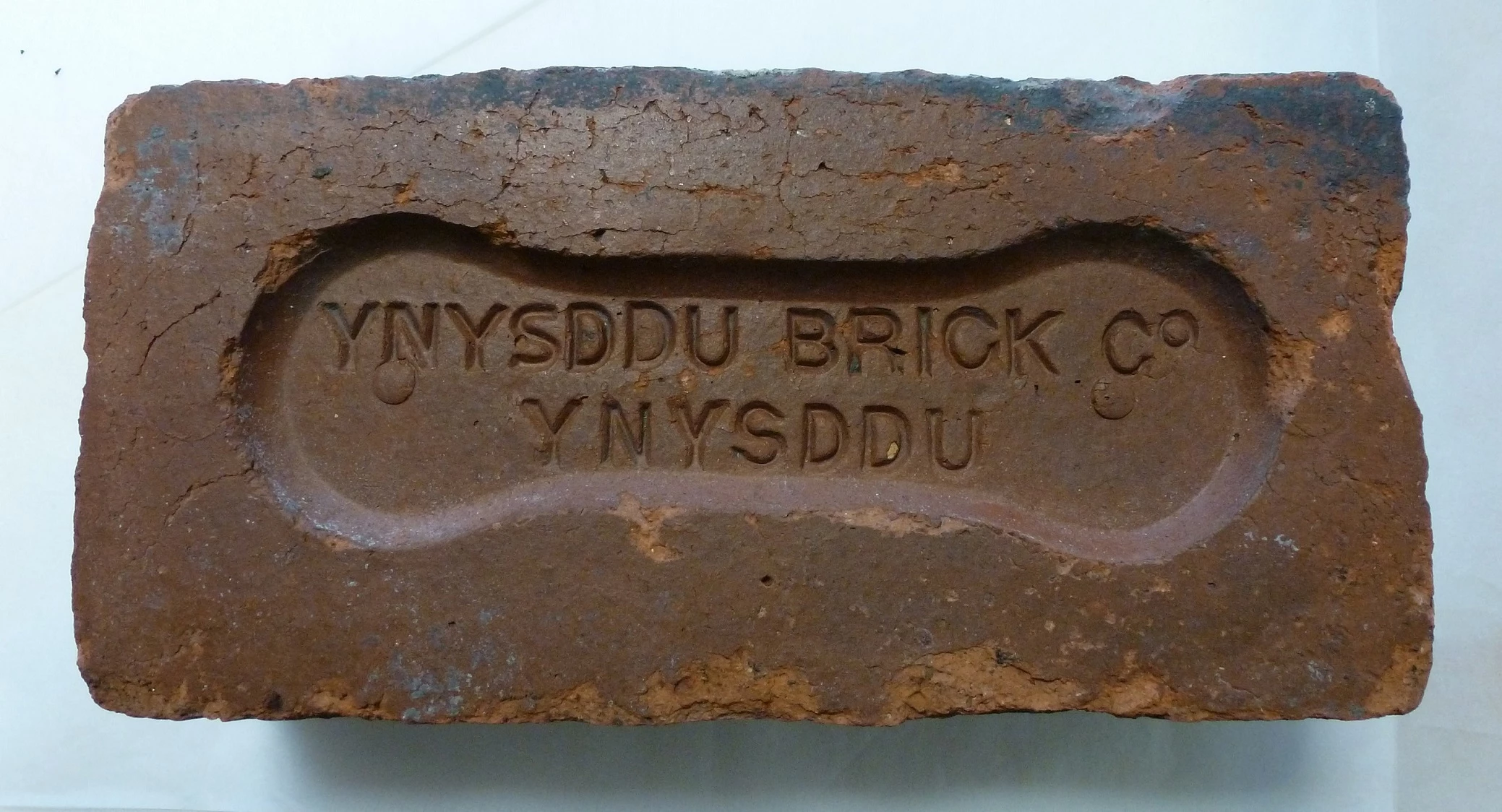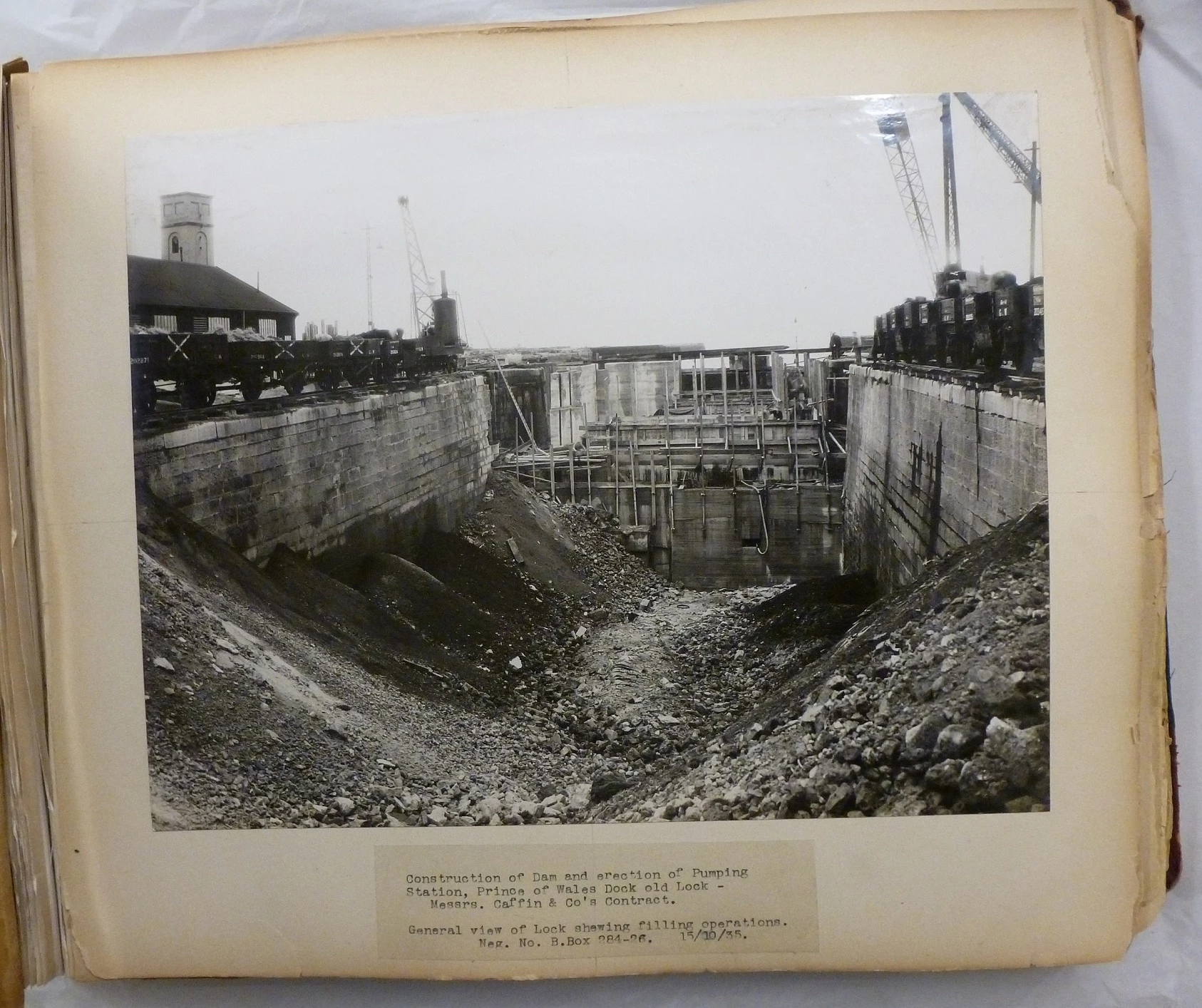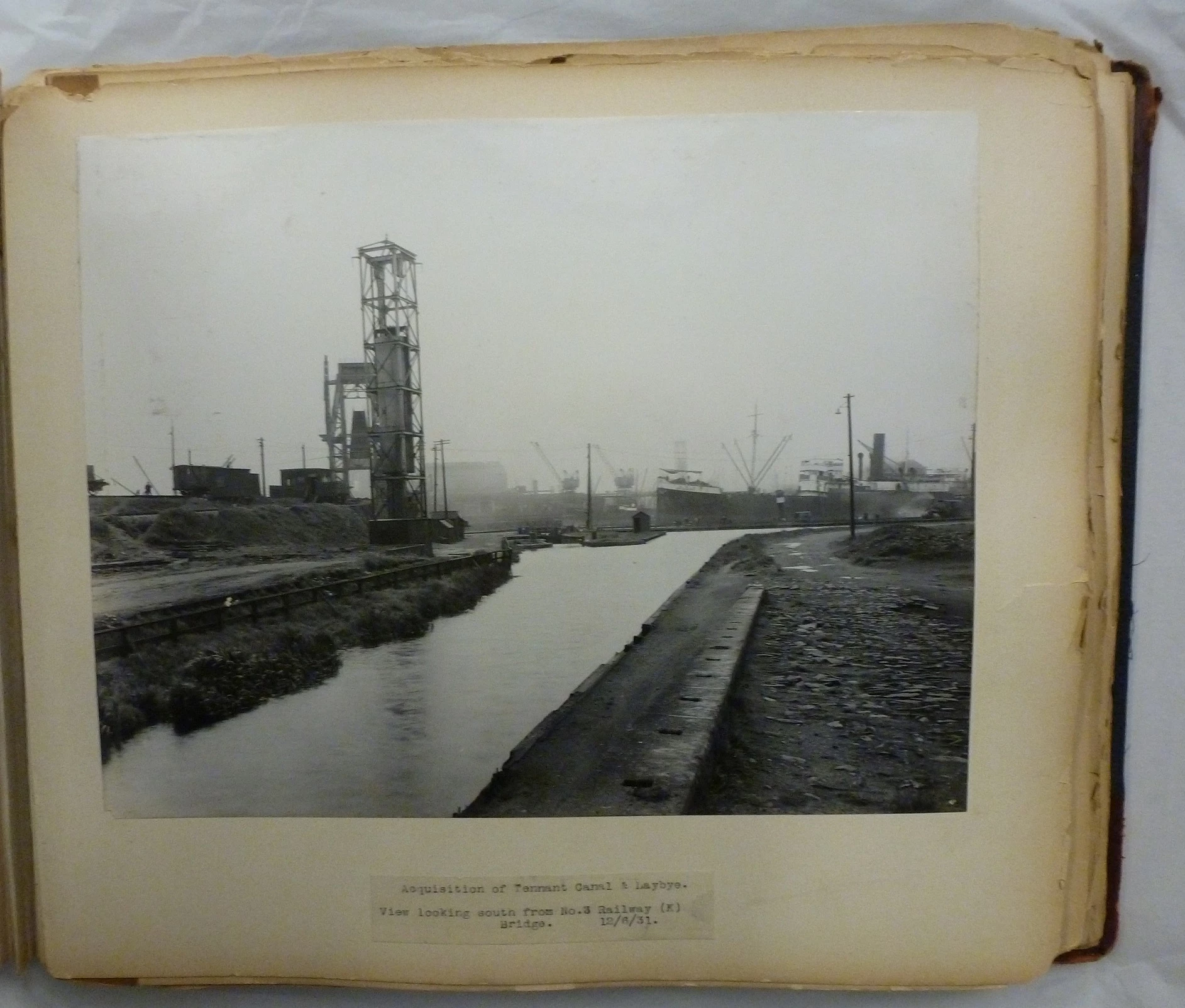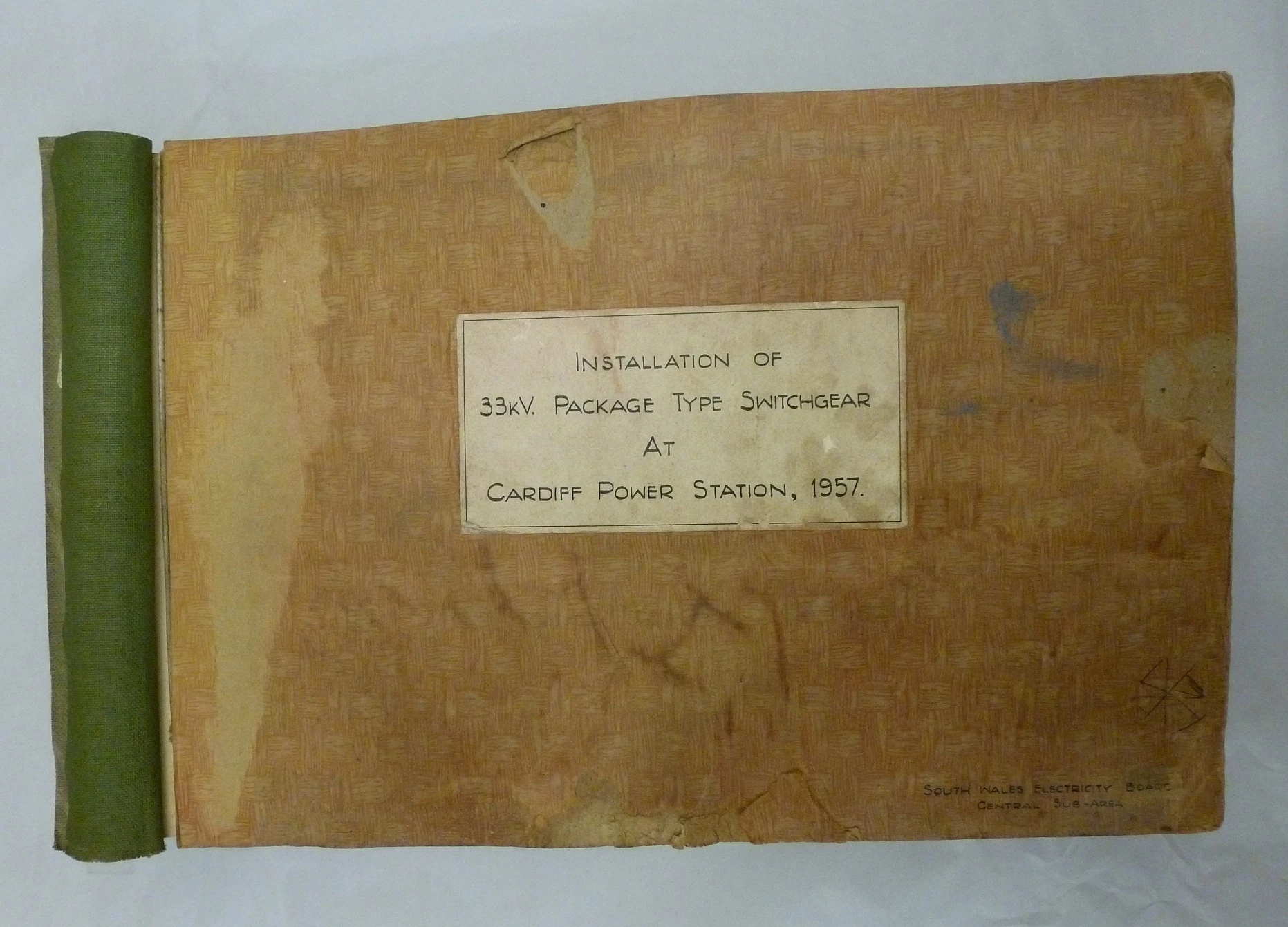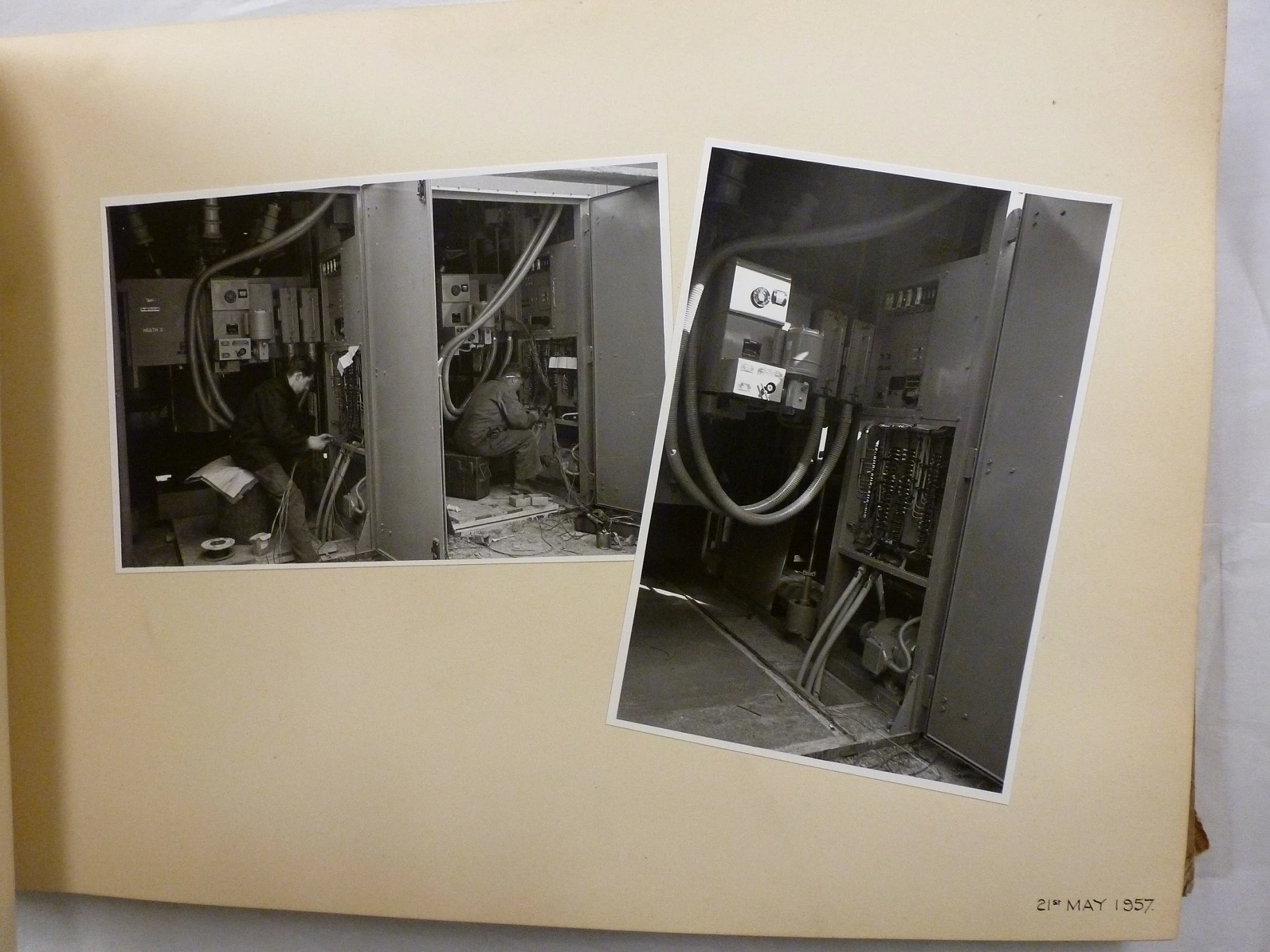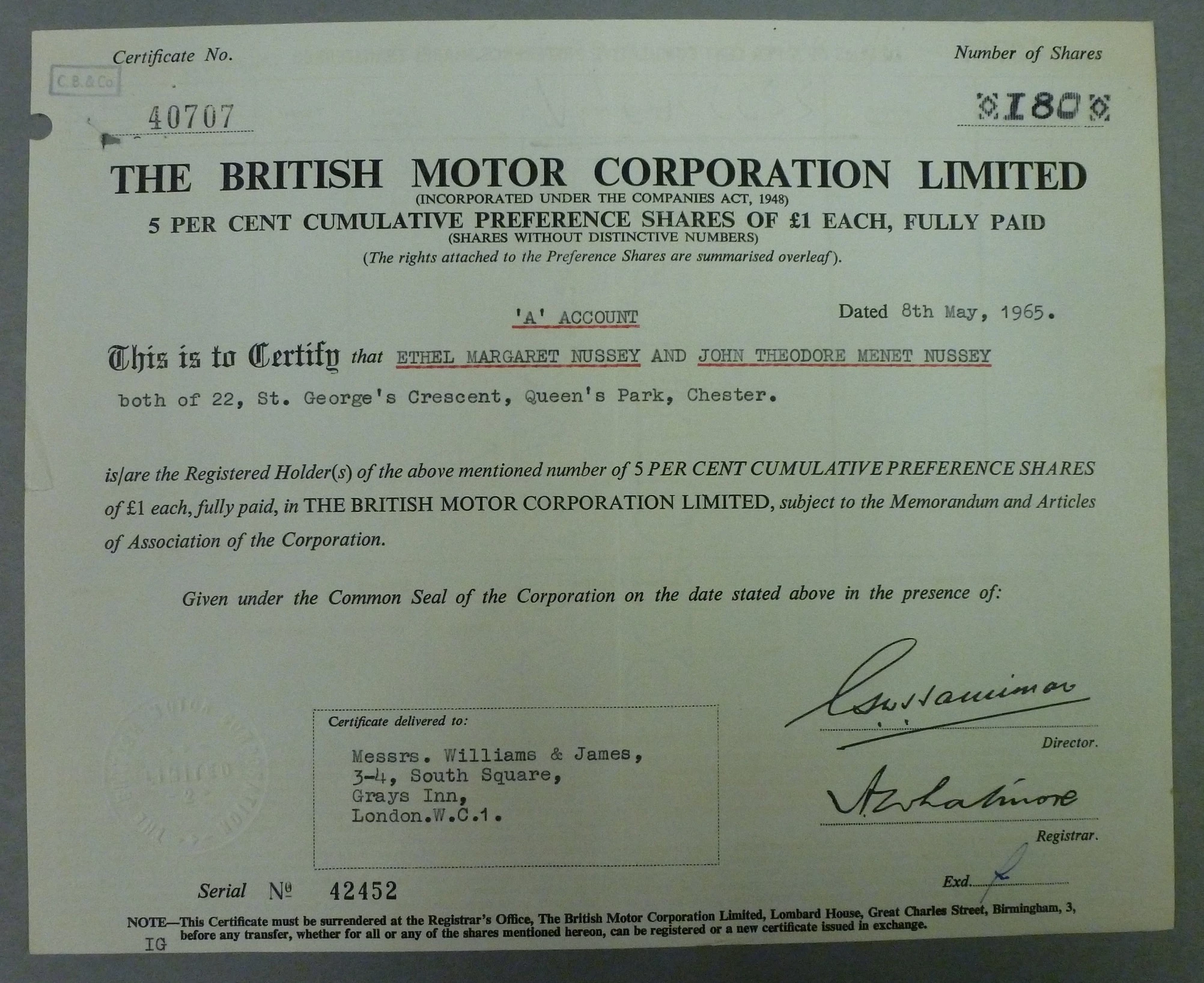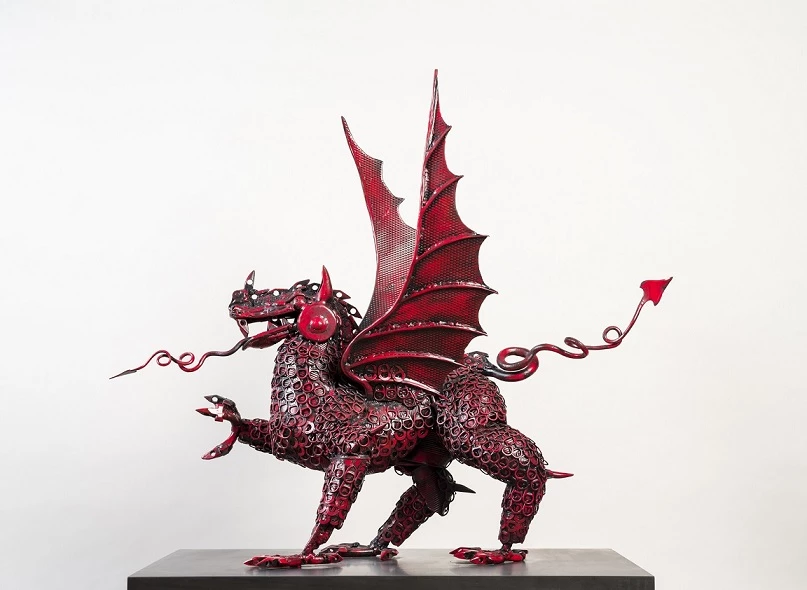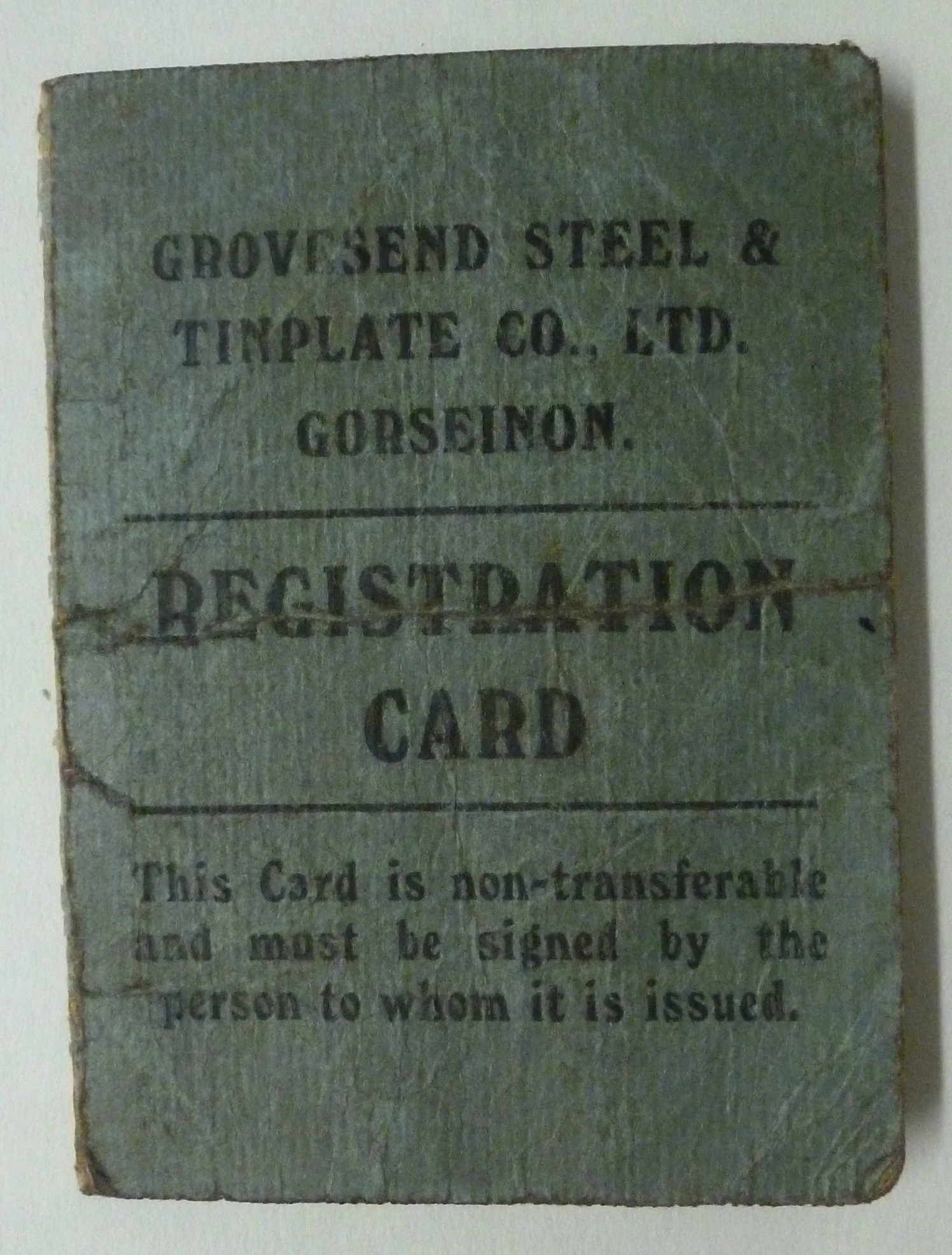Work experience at Amgueddfa Cymru — National Museum Wales
, 3 Mawrth 2017
Amgueddfa Cymru - National Museum Wales and The Saving Treasures; Telling Stories Project have teamed up with the University of South Wales and students on the journalism course.
Working in the Archaeology and Communications departments, using their media and journalistic knowledge, the students will be bringing to life significant archaeological discoveries and telling the stories behind the items and the people who found them. There will be a series of two week work placements from a variety of students.
Here’s what our most recent students had to say about their time working on Saving Treasures; Telling Stories:
Our experience working on Saving Treasures; Telling Stories Project
Coming from a journalism background we were anticipating our placement with the Saving Treasures; Telling Stories project and had a lot of questions of what to expect.
What is Archaeology?
What do Archaeologists do?
And what is the Saving Treasures Project?
On our first day Rhianydd, Mark, Adam and the rest of the team were more than welcoming which is always reassuring when on a work placement. They spent the day showing us some mesmerising objects found during archaeological excavations or by metal detectorists and then teaching us everything we needed to know (which wasn’t easy as there are a lot to remember!) It was fascinating for us to begin to understand objects dating back thousands of years ago and their significance to our lives at present.
Here is where the fun started.
What we did
The rest of our first week we travelled around South Wales to places such as Swansea and Brecon to start recording our interviews about some of the most recently discovered objects.
It was a gloomy and rainy Tuesday but nevertheless we travelled to Brecon to meet with Nigel Blackamore and the team at Brecknock Museum (they even gave us biscuits!) who let us spend the day interviewing in their library.
We interviewed a local metal detectorist as well as a married couple who, over forty years ago, found a dagger in Swansea Bay and have kept it ever since for good luck and as a symbol of their relationship. An earlier blog about the Swansea Bay dagger can be found here.
We also spoke to Nigel about the Portable Antiquities Scheme and the future of museums; as a journalist it’s all about telling stories and getting important information to the public.
Roqib also had the chance of fulfilling a lifetime dream of holding a metal detector. (He was really excited).
Putting our journalism skills to work
On the Wednesday we went to Swansea Museum to meet with Emma Williams and Phil Treseder about Swansea’s involvement with the Saving Treasures Project and what their aims are for the future of Swansea Museum. We also interviewed collector Geoff Archer, who recently found a very rare Bronze Age mould for making axe heads.
To spend the week interviewing people who are so passionate about preserving the archaeology and heritage of South Wales for future generations, in whatever form they can, was an honour and a privilege and certainly put our journalistic interview techniques to the test.
Over the following week we were able to edit the interviews and write our articles with the overlooking expertise of Catrin Taylor and the Communications department; again linking in our journalism skills to help tell the stories of the people and objects.
A thank you from us
We’ve had a wonderful and insightful two weeks and we’ve met some incredible people during this time. The support we’ve received to create the best possible content has been outstanding and we now know what archaeology is, what an archaeologist does and what the Saving Treasures Project is!
We can’t wait to continue to work closely with the Saving Treasures, Telling Stories project and follow its success until 2019. Thank you to everyone who we have met and worked with!
@A_Dickinson_
@MonsurMedia
